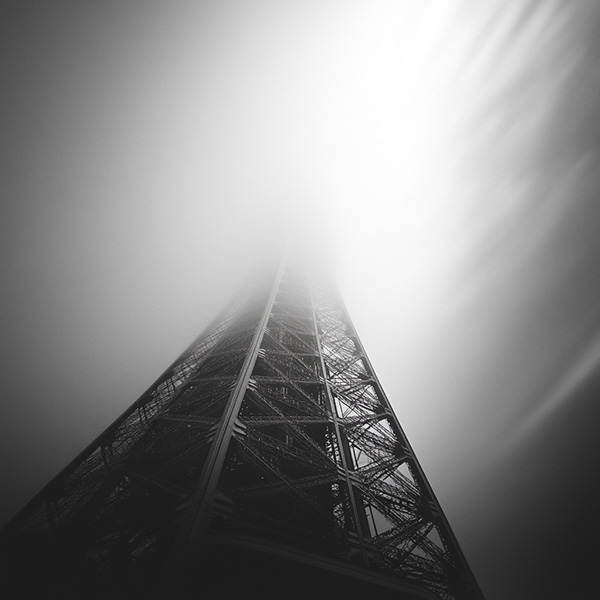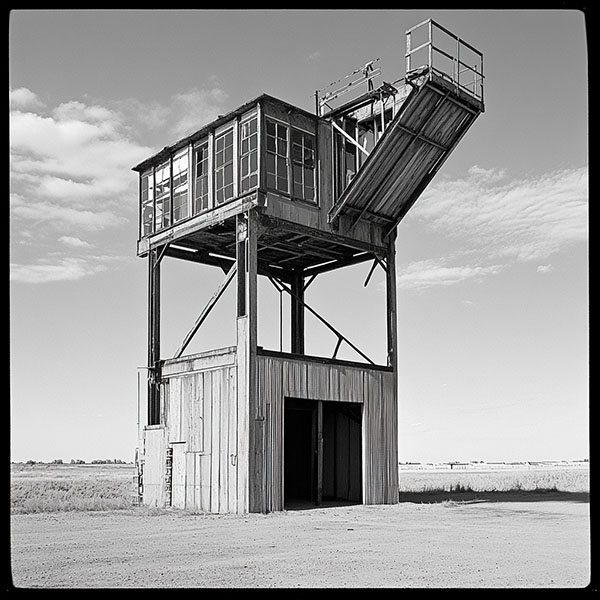A Guide for Visionary Photographers
Travel photography is often reduced to postcard-perfect snapshots, but when approached with an artistic eye, it can become a powerful medium for storytelling, emotion, and visual poetry. So, how do you move beyond the ordinary and create travel images that feel like fine art? Here’s how to elevate your work from mere documentation to captivating, gallery-worthy imagery.
1. Seek the Unseen: Beyond the Cliché
The first step to artistic travel photography is avoiding the obvious. Instead of capturing the Eiffel Tower from the standard angle, ask yourself:
What’s the hidden story? (A lone street performer in its shadow, rust on an old staircase nearby)
Can I abstract the subject? (Shooting through fog, reflections, or silhouettes)
Is there an emotional undercurrent? (A quiet moment in a chaotic market, a weathered face telling a lifetime of stories)
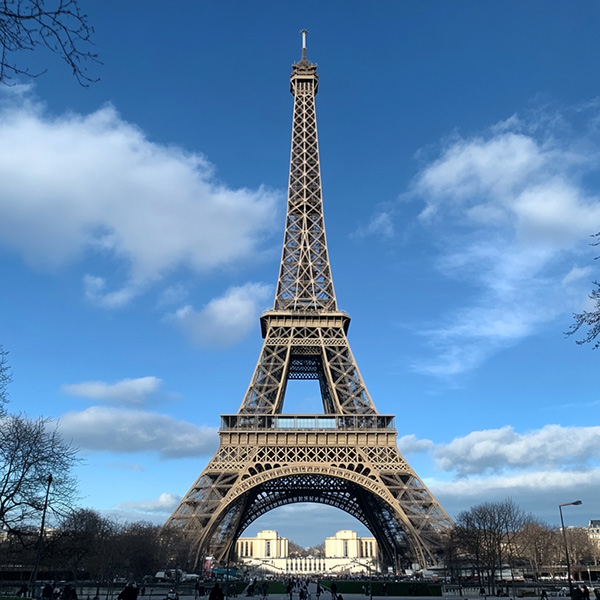
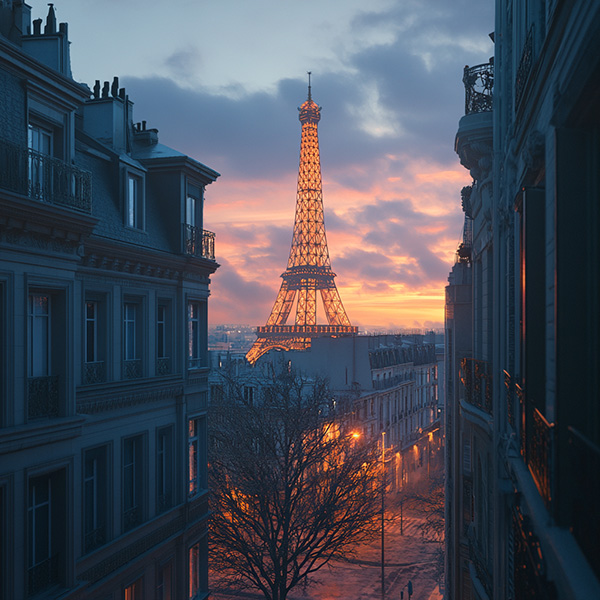
Example: Instead of photographing the Taj Mahal head-on, focus on its reflection in a puddle at dawn, with a single figure walking by.
2. Master the Play of Light & Shadow
Light is the soul of photography. To create an artistic image, you must sculpt with light:
Backlighting – Silhouettes, rim lighting on people, or sun flares for drama.
Side Lighting – Enhances textures (ancient walls, wrinkled skin, fabric folds).
Low-Key & High-Key – Deep shadows for mystery or overexposed minimalism.
Weather as an Ally – Stormy skies, mist, or harsh midday light can add mood.
Pro Tip: Return to the same location at different times. The difference between a flat midday shot and a golden-hour masterpiece is lighting.
3. Composition as Art: Beyond the Rule of Thirds
While rules help, breaking them intentionally creates art.
Negative Space – A lone boat in a vast ocean, emphasizing isolation.
Symmetry & Patterns – Repetition in architecture, nature, or human movement.
Layering – Foreground (a branch), midground (a person), background (mountains).
Motion Blur – Intentional camera movement (ICM) for abstract effects.
Exercise: Try shooting a crowded street with a slow shutter speed (1/15s) to turn chaos into flowing motion.
4. Color & Tone: Crafting a Visual Mood
Artistic travel photography often relies on controlled color palettes:
Monochromatic Drama – Deep blacks and stark contrasts in B&W.
Subtle Color Grading – A muted, earthy tone for nostalgia; cool blues for melancholy.
Bold, Selective Color – A single red umbrella in a sea of gray.
Editing Tip: Use split-toning in Lightroom to add warmth to highlights and coolness to shadows for a cinematic feel.
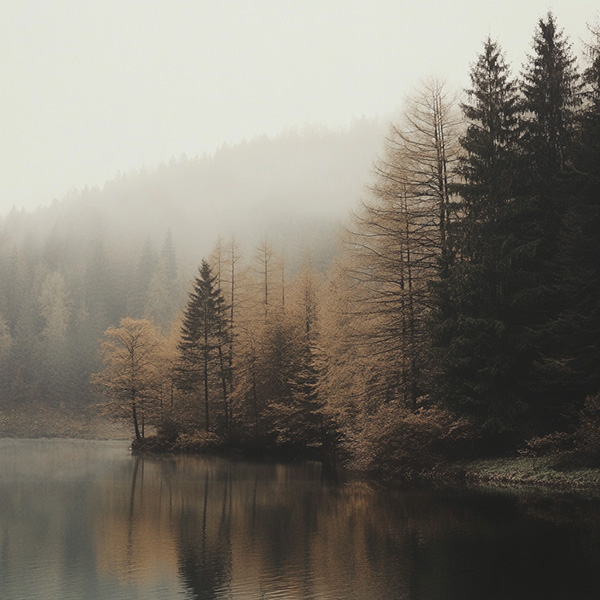
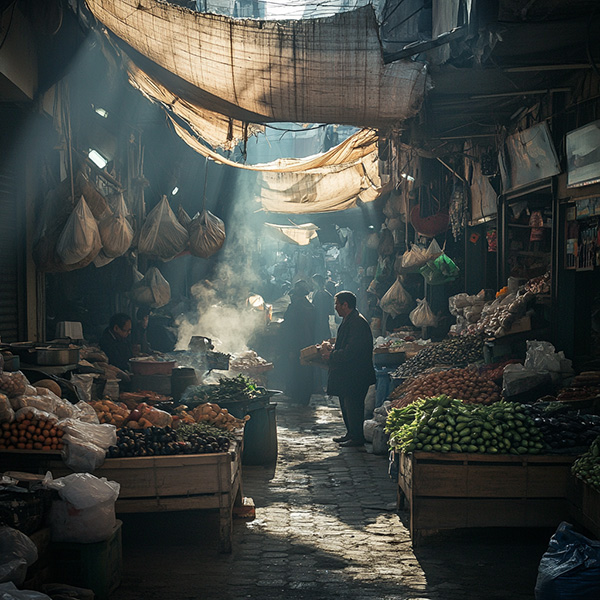
5. Human Element: Portraits That Tell Stories
A face can convey more than any landscape. For artistic portraits:
Environmental Context – A monk in a dimly lit temple, light falling on his robe.
Unposed Authenticity – Capture fleeting expressions, not forced smiles.
Shooting from Unexpected Angles – From above, below, or through obstacles (windows, fabric).
Pro Move: Use a wide-angle lens close-up for distortion that adds raw emotion.
6. The Decisive Moment: Timing is Everything
Henri Cartier-Bresson’s concept applies perfectly to travel photography. Wait for:
The peak action (a dancer mid-leap, a wave crashing).
Juxtapositions (modern vs. traditional, young vs. old).
Transitory light (the instant when sunlight pierces through clouds).
Example: A fisherman casting his net at sunrise, with the golden light freezing the water droplets in mid-air.
7. Post-Processing with Intention
Artistic images often require subtle refinement:
Dodge & Burn – Guide the viewer’s eye like a painter.
Texture Enhancement – Bring out details in stone, fabric, or skin.
Grain & Film Emulation – Add grit for a timeless feel.
Warning: Avoid over-editing. The best art feels natural, not artificial.
Final Thought: Develop a Signature Style
The most revered travel photographers—Steve McCurry, Sebastião Salgado, Fan Ho—didn’t just take great pictures; they had a recognizable vision.
Shoot consistently in a way that feels uniquely yours.
Study painters (Caravaggio’s light, Hopper’s loneliness) for inspiration.
Experiment relentlessly—art comes from pushing boundaries.
Now it’s your turn. The next time you travel, challenge yourself: Shoot one scene five different ways until you find the artistic version. Share your results in the comments—let’s discuss what makes an image truly transcendent.

